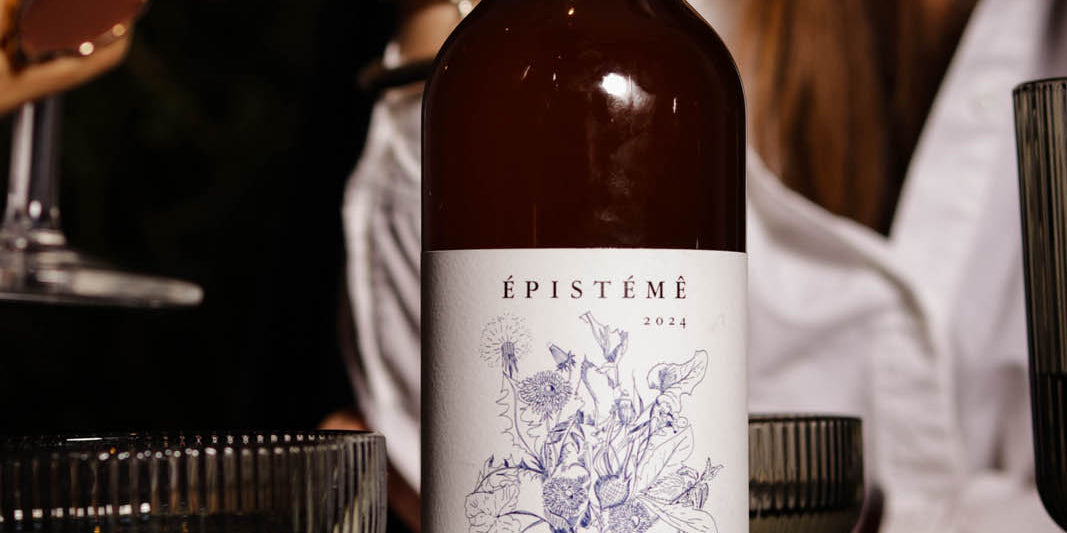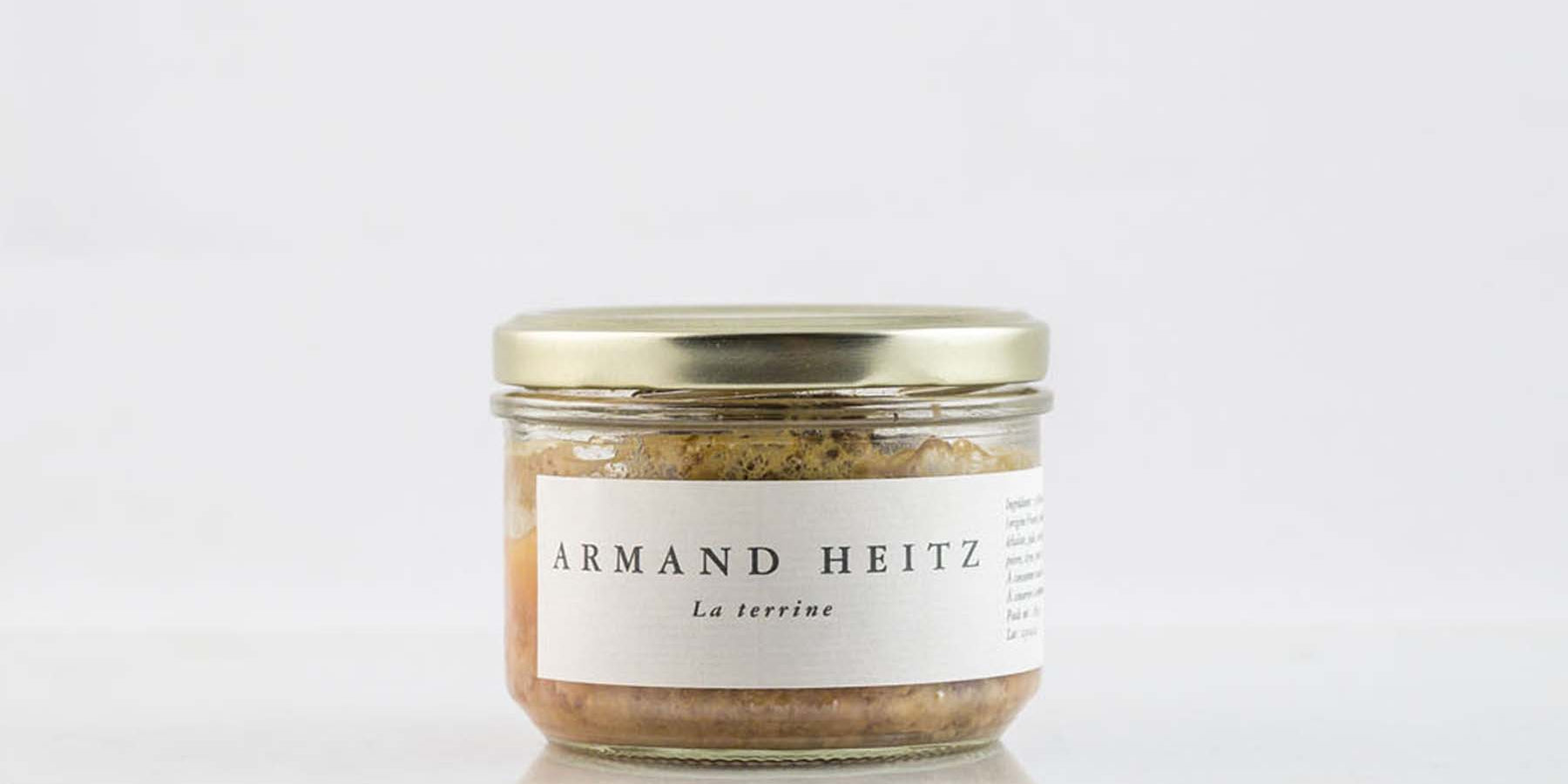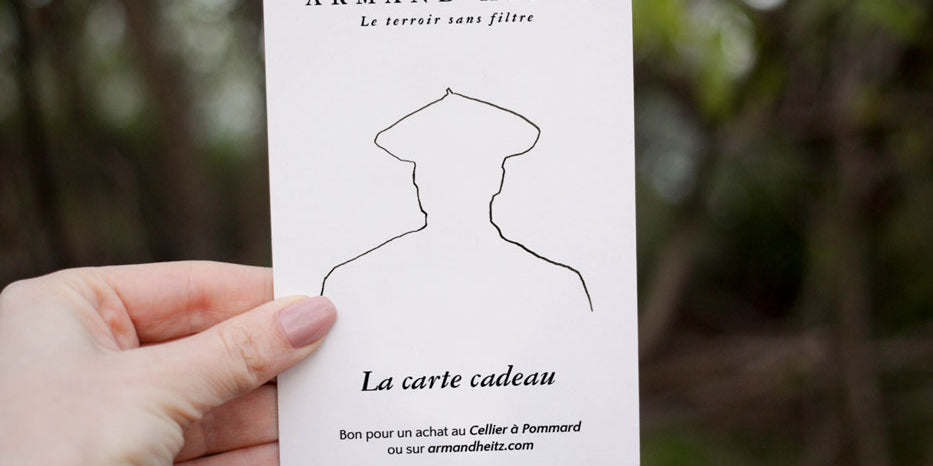2018 is the easiest vintage to work with since my young installation in 2013. A year where the wines did not require a lot of work in the cellar. Between anecdotes and technical data, I tell you about this fantastic vintage.
2018 in Burgundy
The 2018 vintage in Burgundy is:
- A cumulative rainfall of 271 mm between April and September, compared to an average of 391 mm
- A rather rainy winter followed by alternating storms and heat.
- Regular yields between 40 and 55 hl/ha
- An average temperature of 19°C between April and September, compared to an average of 16°C
- Harvesting started at the end of August

The estate has grown significantly since 2017, with no less than 18 hectares. These 10 new hectares are parcels of AOC Burgundy white, red and Burgundy hillsides appellations.
This year, I am making an important decision for my regional AOC vines: to plant them semi-wide, that is to say that 2.2 meters separate each row. This mode of driving is very rare in Côte de Beaune and Côte de Nuits, so much so that my colleagues find the idea stupid.
Today, after 4 years of hindsight on my very first large vine planting, I have no regrets in having made this decision. With this method of management, the use of inputs has dropped significantly and we have been able to replace industrial fertilization with natural weeds. So many advantages that we should perhaps even question high-density cultivation.
Before phylloxera, mildew and powdery mildew, the low vine was relevant because it allowed the vine to benefit from the terroir so that its grapes ripened. Provignage was then practiced. The current context has nothing to do with it and yet the driving style has not changed. We should probably think about that a bit.
Winter 2018 was quite rainy and, with a good water reserve, the vines really had ideal conditions to grow. In February and March, winter struggled to give way to spring, but April welcomed good temperatures so that the vegetation got off to a great start.
During the spring, our beautiful region underwent a long period of alternating storms and heat, which was rather favorable to the growth of the vine. Despite these storms, our vines escaped hail and the development of diseases.
We started the harvest with the Chevalier-Montrachet on August 26 and finished with our Aligoté on September 20. With low rainfall and high temperatures, there were fears of a harvest with low yields. In the end, it is quite the opposite that occurs for Chardonnays and for Pinot Noirs.
With a nice flowering, the bunches were able to form well and the drought hardly slowed down the vine in its maturation period. The quality of the harvest is there and the yields are regular, between 40 and 55 hl/ha, allowing us to harvest the plots with perfect acid/alcohol balances.
2018 is a year we would like to have more often. We took advantage of perfect weather during the harvest to harvest each plot at optimum maturity in order to achieve perfect balance.
Once a series of analyzes have been carried out on the musts and then the wines, the trend is confirmed and the wines have required little work in the cellar to fully express their potential.

What style of wine for 2018?
2018 is to date the most generous vintage and the easiest to work with that I have had since taking over the estate.
Like the vintage, the wines perfectly illustrate this balance. The Chardonnays are fine and intense. The Pinot Noirs are slightly more constructed than 2017, with great freshness.
Armand Heitz
.









